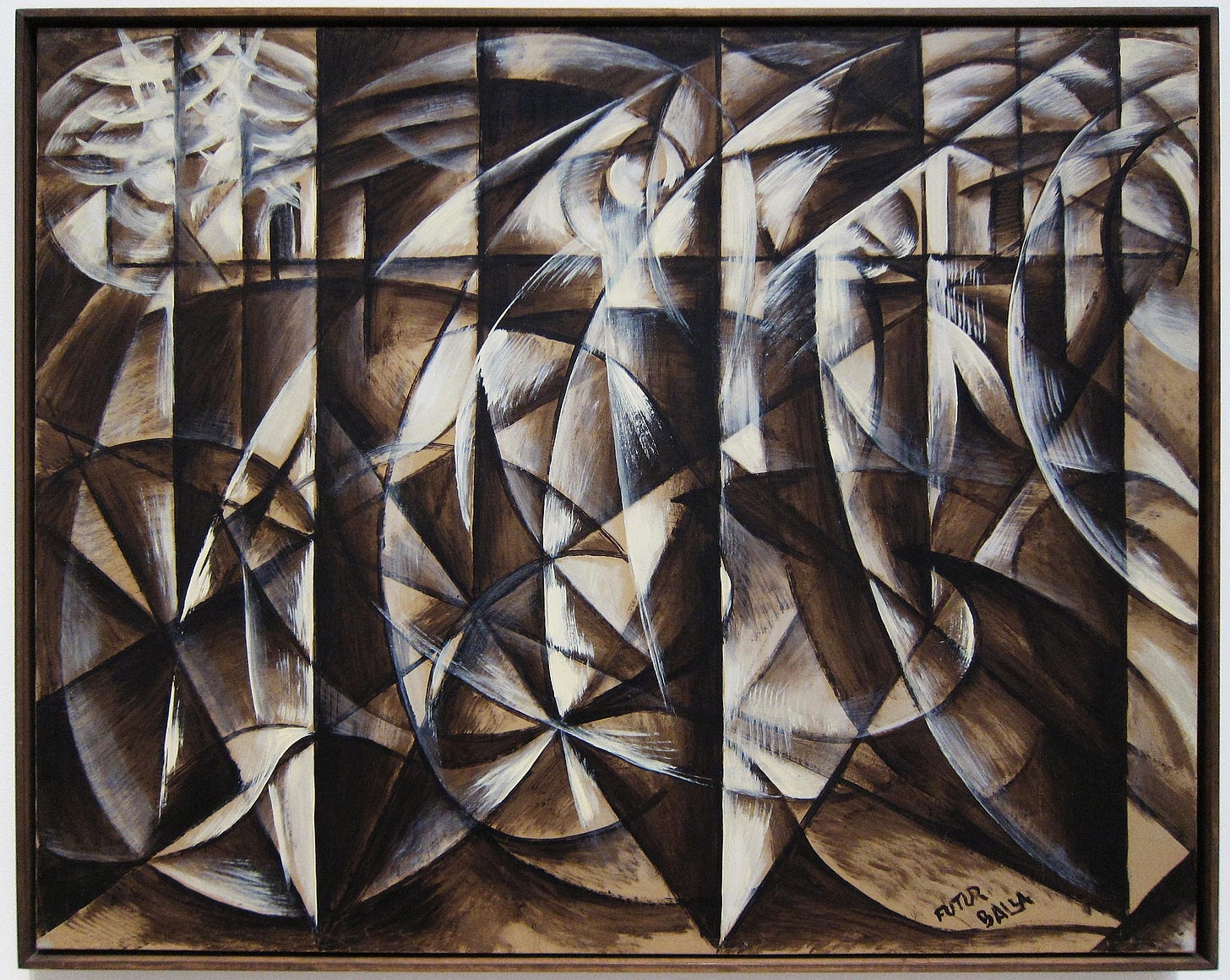Memory, Misinformation, and the Need to Replicate
Suppose you and a friend witness a car crash. After a while, the police arrive. One officer turns to you and asks, “How fast were the cars going when they smashed into each other?” Another officer speaks to your friend and asks, “How fast were the cars going when they hit each other?”
Could the phrasing of those questions influence the speed estimates you and your friend provide?
A classic psychology study suggests it can. More than that, it suggests that you're also more likely to report, later on, that there was debris on the road—even though there wasn’t.
The study, of course, is Loftus and Palmer (1974). Participants watched short videos of car crashes and were later asked to estimate the vehicles’ speed. Those who were asked how fast the cars were going when they smashed into each other gave higher speed estimates than those asked how fast they were going when they merely hit. A week later, participants in the “smashed” condition were also more likely to falsely recall having seen broken glass at the crash site.
To my mind, that last finding is even more striking.
This study helped launch an entire research tradition on the malleability of memory—how recollections can be shaped by language, suggestion, and context. It influenced how we think about eyewitness testimony, the effects of leading questions, and—more recently—how misinformation takes root in public memory.
And yet, despite its iconic status (and considerable citation count), we still don’t know how large or reliable the effect is by today’s standards of research transparency, statistical power, and replication.
That’s a gap worth addressing—not to question the legacy of the original study, but to better understand its robustness.
Strangely, though, the study has never been directly replicated at scale using modern methods.
A Large-Scale Replication
Together with Anita Eerland, I’ve submitted a proposal to the Dutch Research Council (NWO) to coordinate a multi-lab replication of the original Loftus & Palmer experiment.
I spoke to Elizabeth Loftus and she has expressed enthusiastic support. She still has access to details about the original materials and is willing to help us reconstruct the stimuli as faithfully as possible. Her involvement brings both historical continuity and practical insight to the project.
Now, you might ask: why not just use the original materials?
Let’s give this some thought. The video Loftus used in the early 1970s depicted then-modern cars. Showing that same clip now would be showing relics—as if 1970s participants, fresh off listening to Dark Side of the Moon, were watching footage of 1920s cars.
By using the original footage, we’d be true to the original study in one sense, but far off in another. We’d be recreating the artifact, but not the experience. If the goal is to preserve what the original participants saw—vehicles that could plausibly be on the road—then updating the materials while holding structure constant makes more sense.
We’re Looking for Collaborators
We don’t yet know whether the grant will be funded—and the project depends on that funding for coordination. But in the meantime, we’re gauging interest from potential collaborators: labs, instructors, researchers—anyone who might be willing to run the study in their lab if the project moves forward.
This is where you come in.
If you're interested in participating, please fill out this form. There’s no obligation. It simply helps us compile a list of interested parties—something that strengthens our case and helps us prepare.
Without funding, we won’t be able to launch the project. But your early expression of interest helps us take an important step toward making it possible.
What We’re Planning
The idea is straightforward: a direct replication of the speed estimation experiment, following the original design as closely as feasible, but carried out across a large, diverse, and well-powered sample (N ≈ 2000). The project will be preregistered, materials will be openly shared, and we’ll coordinate across multiple sites.
Participants will watch a video of a traffic accident and be asked how fast the cars were going, with the verb in the question randomly varied (“smashed,” “hit,” “bumped”). Where feasible, we’ll also include a delayed memory task to measure false recall of debris. (Car crashes rarely produce broken glass these days, which makes the test even cleaner.)
How You Can Join
Express your interest: Fill out this form or email me directly (zwaan@essb.eur.nl). We’ll follow up if and when the funding is awarded. At that point, you can decide whether you’d like to take part.
Run the study: You’ll receive a full protocol and all necessary materials, adaptable to your setting.
Share the data: We’ll take care of coordination, data cleaning, and meta-analysis.
Get credited: All contributing sites will be acknowledged. Substantial contributors will be offered co-authorship.
This is a unique opportunity to revisit a foundational study through the lens of open science—and to contribute meaningfully to how we understand memory, language, and their vulnerabilities.
Plus, how often do you get the chance to replicate a classic with the original author still involved?
Reference
Loftus, E.F., & Palmer, J.C. (1974). Reconstruction of automobile destruction: An example of the interaction between language and memory. Journal of Verbal Learning and Verbal Behavior, 13, 585-589. https://doi.org/10.1016/S0022-5371(74)80011-3.



One idea, which I discussed with Elizabeth Loftus, is to assess demand characteristics by including a condition in which no video is shown. We can then assess the effect of the experimental condition(s) relative to this. Yes, she confirmed she doesn't have the original videos. However, I was able to find videos from 1970s car crashes that could be a close approximation but for reasons stated in the post, this is not the way to go.
https://x.com/croissanthology/status/1985941107189166430
Croissanthology and Aella just ran a big replication and couldn't replicate the study.